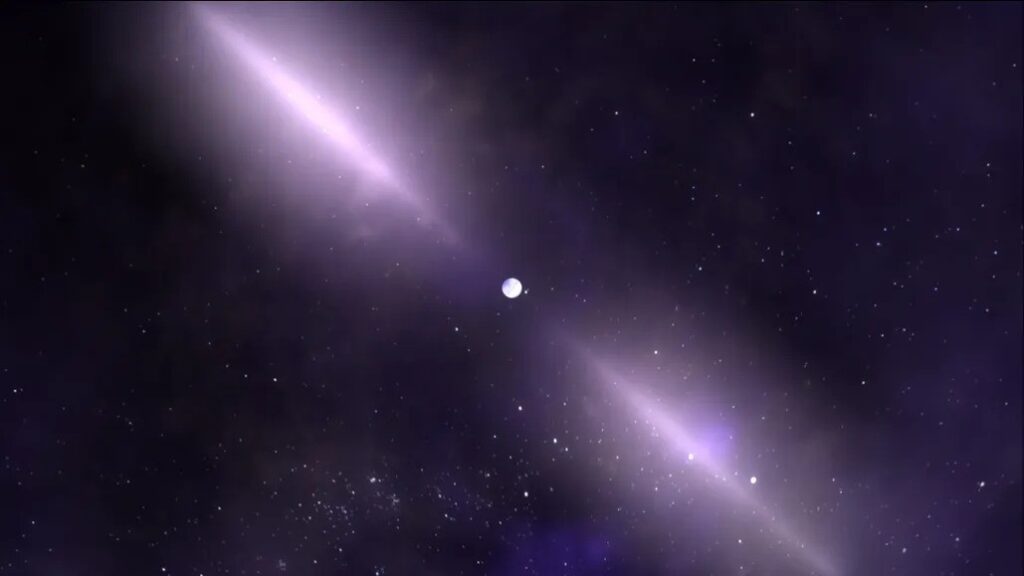Chinese astronomers working with the giant FAST telescope have discovered three new pulsars. These neutron stars are located in the well-known Messier 15 cluster and rotate very quickly, two of them in less than 5 seconds and another in millionths of a second.

FAST made a discovery in a globular cluster
China’s FAST radio telescope has the world’s largest continuous antenna, with a diameter of 500 meters. Recently, researchers used it to discover three new pulsars in the old and well-known Messier 15 globular cluster.
Pulsars are neutron stars — the remnants of supernovae, which are the cores of stars that have shrunk to a diameter of several tens of kilometers. They rotate extremely fast and in doing so give rise to a variable radio signal that is usually heard much better than the pulsars themselves are visible.
In turn, Messier 15 is one of the best-studied globular clusters in our Galaxy. It is located at a distance of about 35700 light-years from us, and its diameter is about 88 light-years. This small enough sphere contains a huge number of stars with a total mass of about 560 thousand solar masses.
This is a very old cluster. Its age reaches 12 billion years, and as many as 9 pulsars were discovered in it even earlier. That is why Chinese radio astronomers decided to take a closer look at it. They suspected that previously unknown objects might be hiding inside, and they were right.
Three new pulsars
In total, the astronomers managed to identify three previously unknown pulsars. They were designated PSR J2129+1210J, PSR J2129+1210K, and PSR J2129+1210L. One of them is millisecond pulsars, and the other two are long-period pulsars.
Millisecond pulsars are those that rotate with a period of a few millionths of a second. They are usually part of close binary systems. The larger star turns into a neutron star, and the smaller one feeds it with its substance for a long time.
This is the case with the pulsar PSR J2129+1210J. Its rotation period is 11.89 ms. Two other neutron stars rotate with periods of 1.93 and 3.96 seconds. At the same time, their position is still not precisely determined. However, scientists are convinced that they cannot be far from the center of the cluster.
Based on materials: phys.org

